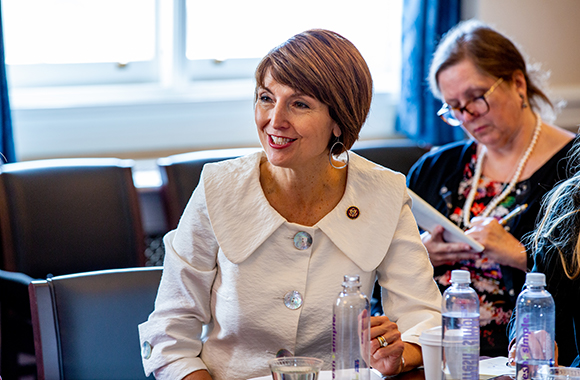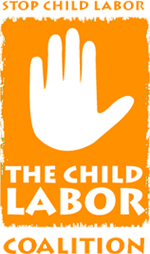Guest Blog: Sweet treats, bitter reality: The human cost of cocoa
By Emily McKay, NCL Spring Communications Intern
For many, April brings the joy of Easter with children awakening to an Easter Basket filled with treats or searching in the grass for eggs and chocolate. But while children here delight in eating a chocolate bunny, 1.56 million children are working in West African cocoa fields, harvesting the very cocoa that makes our Easter candy possible. [^1] How does a consumer know if the chocolate they are eating involves child labor?
Thankfully, organizations like Be Slavery Free, an Australian coalition campaigning against modern slavery are making it easier for consumers to hold chocolate companies accountable. By ranking brands based on their child labor policies and transparency, the 6th annual chocolate scorecard has helped bring meaningful change.
Cocoa, one of West Africa’s major exports, is predominantly grown in Côte d’Ivoire and Ghana, which together produce 50% of the world’s cocoa supply.[^2] The region’s cocoa industry began booming in the late 19th century when Ghanaian farmers discovered they could earn ten times more from cocoa than from palm oil. By 1886, British colonial authorities began promoting cocoa cultivation through training programs and seed distribution. By 1936, Ghana’s annual cocoa output had reached 311,000 tons.
Around the same time, in Côte d’Ivoire, the Kru people—an indigenous ethnic group—began cultivating cocoa as well. [^3] In 1946, French colonial authorities recognized cocoa’s potential and expanded its cultivation across the country. By 1960, Côte d’Ivoire had gained independence, and the chocolate industry was flourishing. In 1977, Côte d’Ivoire surpassed Ghana to become the world’s leading cocoa producer.[^3]
Sadly, exploitative labor practices have long plagued the chocolate industry. Today, the global chocolate market is worth over $100 billion, yet many cocoa farmers live on less than a dollar a day. [^4] Child labor is widespread, and many children involved in cocoa farming are subjected to exploitation and, in some cases, modern slavery.
In recent years, the U.S. government has withdrawn funding for programs aimed at fighting child labor and slavery worldwide—including within the cocoa industry. As government efforts wane, the responsibility falls to consumers to become informed and take action against child exploitation.
Today, 82% of chocolate companies publicly disclose data on child labor—up from just 45% a few years ago. This progress is encouraging, but disclosure alone is not enough. Consumers must continue pushing for real change. Twenty-five years ago, chocolate companies pledged to eliminate child labor. Yet the practice remains entrenched. In a time when regulatory action is lacking, it is up to us—as informed, ethical consumers—to make responsible choices and demand accountability from the companies behind our favorite treats.
[1] https://www.dol.gov/agencies/ilab/our-work/child-forced-labor-trafficking/child-labor-cocoa
[3] https://www.antislavery.org/wp-content/uploads/2017/01/1_cocoa_report_2004.pdf


















